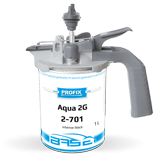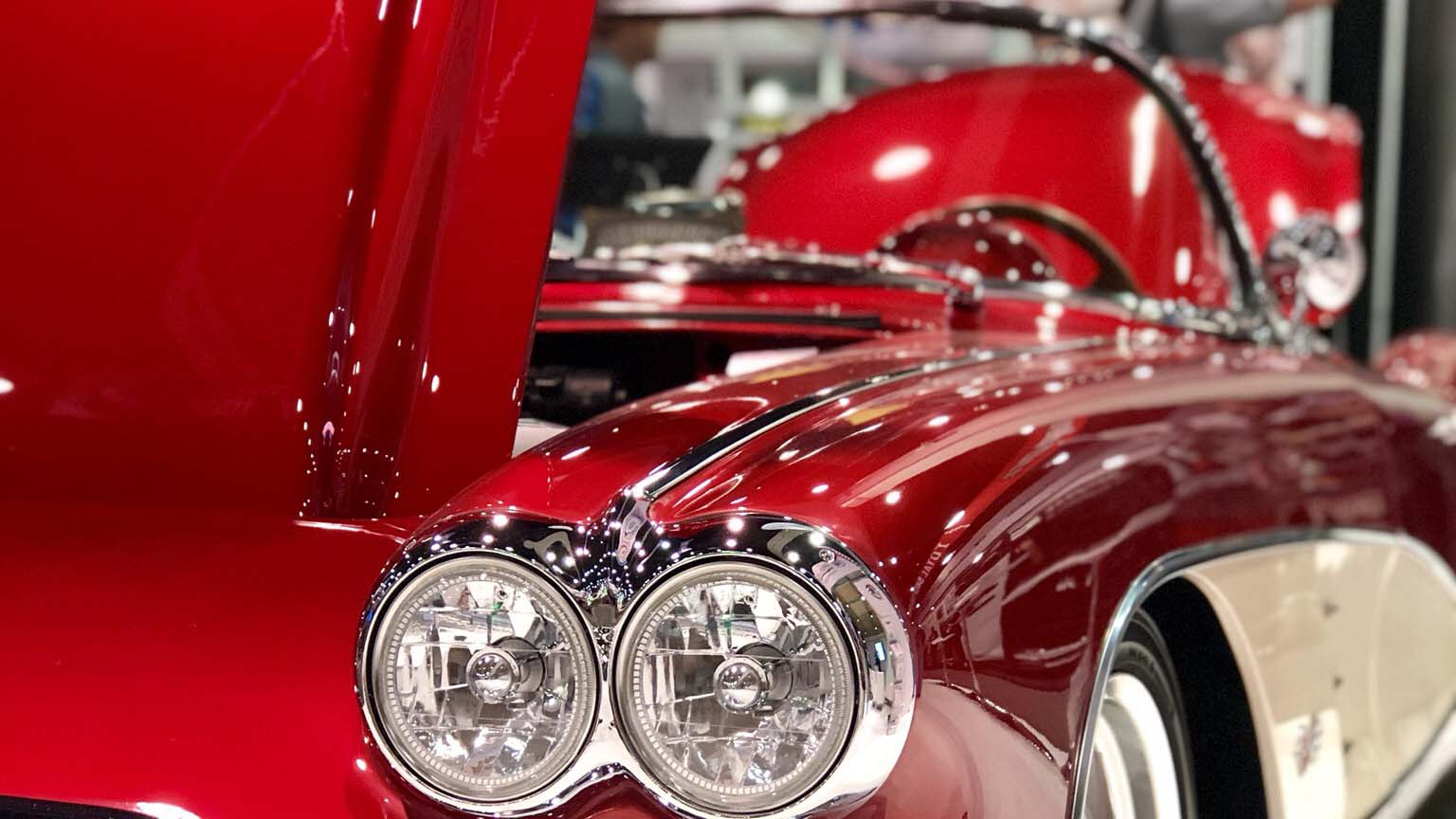Recently added
Most read
Why use the water-soluble lacquers, when the conventional ones are available?
Why use the water-soluble lacquers, when the conventional ones are available?
After a few years of Directive EU 2004/42/EU validity and the decree of Minister of Economy from 16.01.2007, regarding the limiting of VOC (Volatile Organic Compounds) emission still many lacquering professional ask the same question.
Why…?
Let me remind that yes, the conventional surface lacquers are available, but they are subjected to the legal regulations (category B5) and their application range is limited. Lacquering with use of water-soluble products (category B4) is not difficult. Most problems with implementation of new technology appear, when the lacquering professional try to use the new products according to the technology for the thinner products.
The water-soluble base lacquers replace the conventional surface systems, the other renovation products (washing agents, putties, primers, filling primers, transparent HS/UHS lacquers) remain the same.
Most of those products fulfil the legal requirements for a long time (pay attention to the products packages designations), which makes “change into water) more simple and convenient.
The problems, which may appear during “water’ lacquering may be easily removed. After assuring correct temperature (15 – 30ºC) and humidity (<65%) in the room start the lacquering with use of proper spray equipment (for such products).
The inter-layer evaporation time, which is problematic in the new technology, may be reduced with use of dryers or Venturi nozzles. In return we obtain higher efficiency of used material. Possibility of shading without the unnecessary additions and the material not reacting with the substrate are only some of the advantages of the new technology. The renovation lacquering still evolves, not a long ago we used nitro lacquers, then the synthetic products, then the acrylic resins based 1K and 2K lacquers, now it is time for the water-soluble lacquers.
Keep in mind that the basis of that technology is the natural environment and human health protection.









